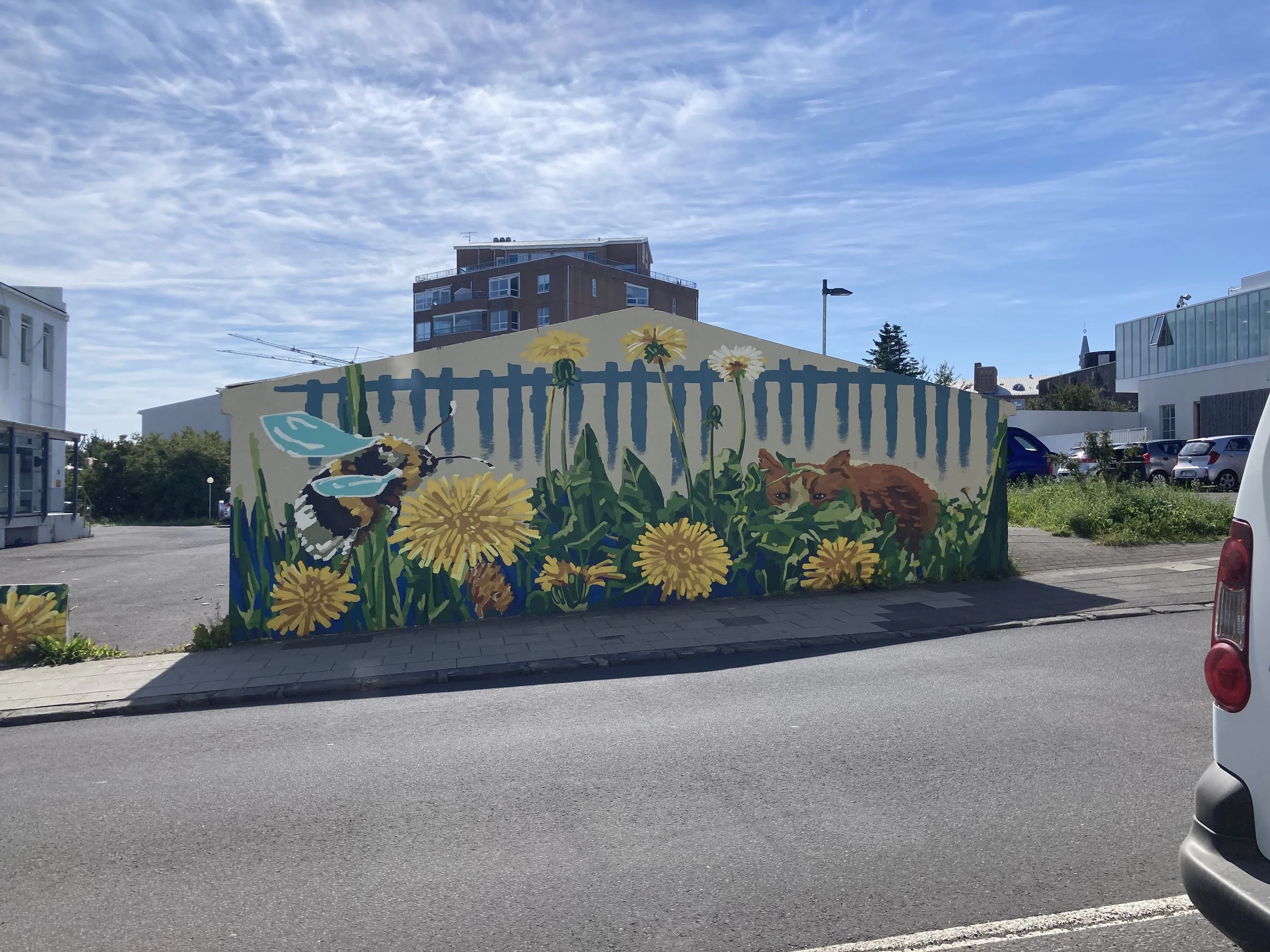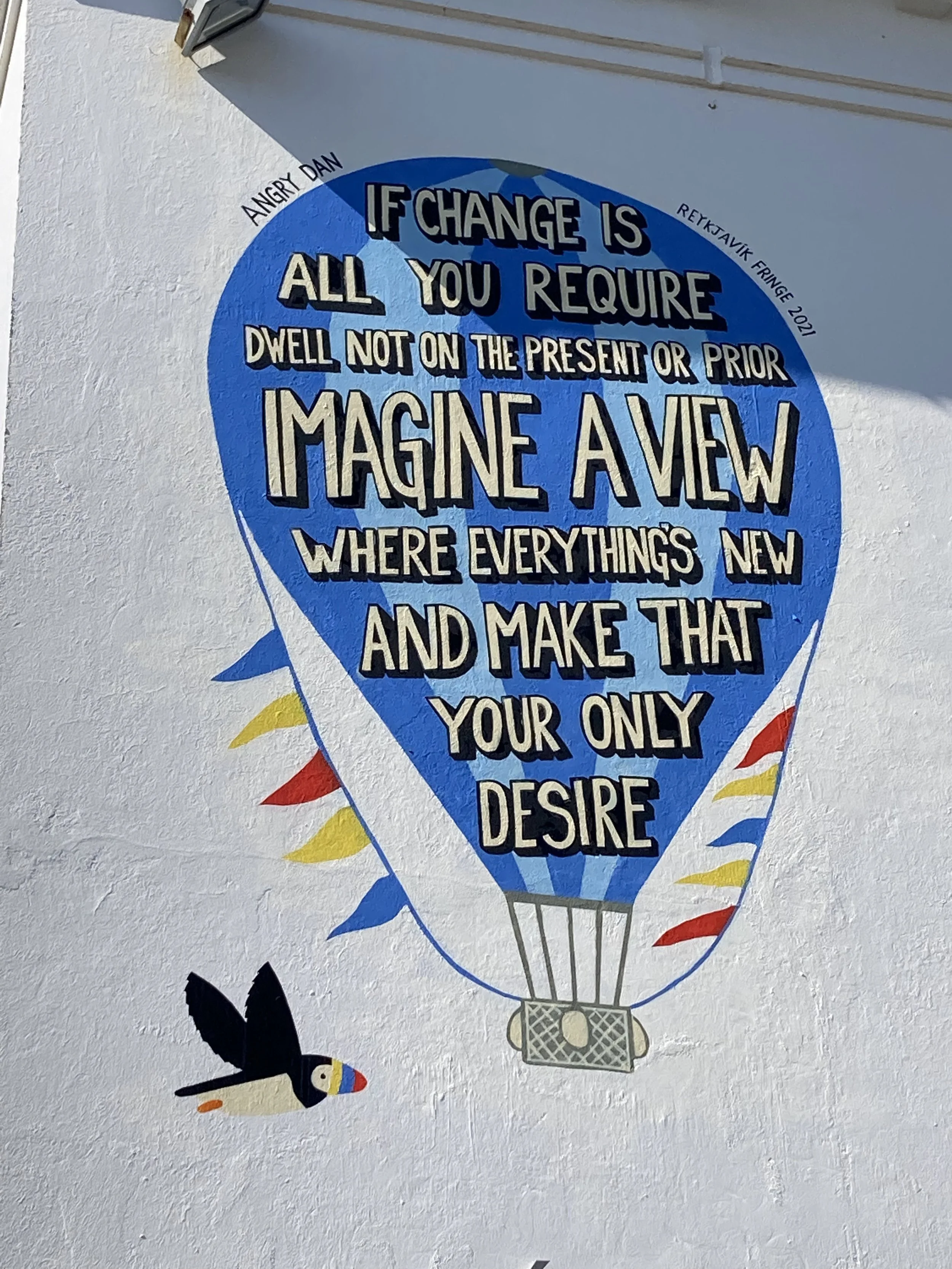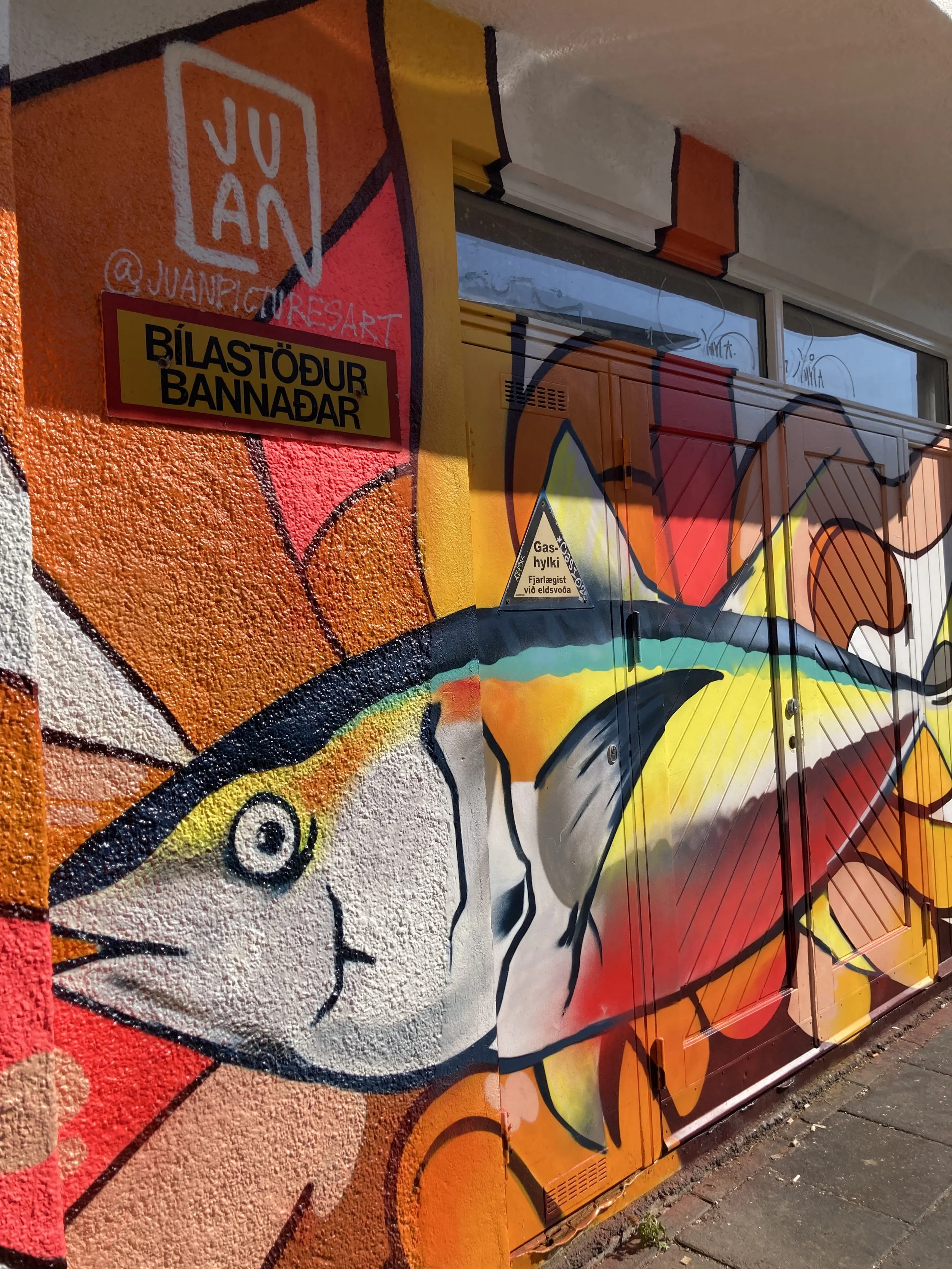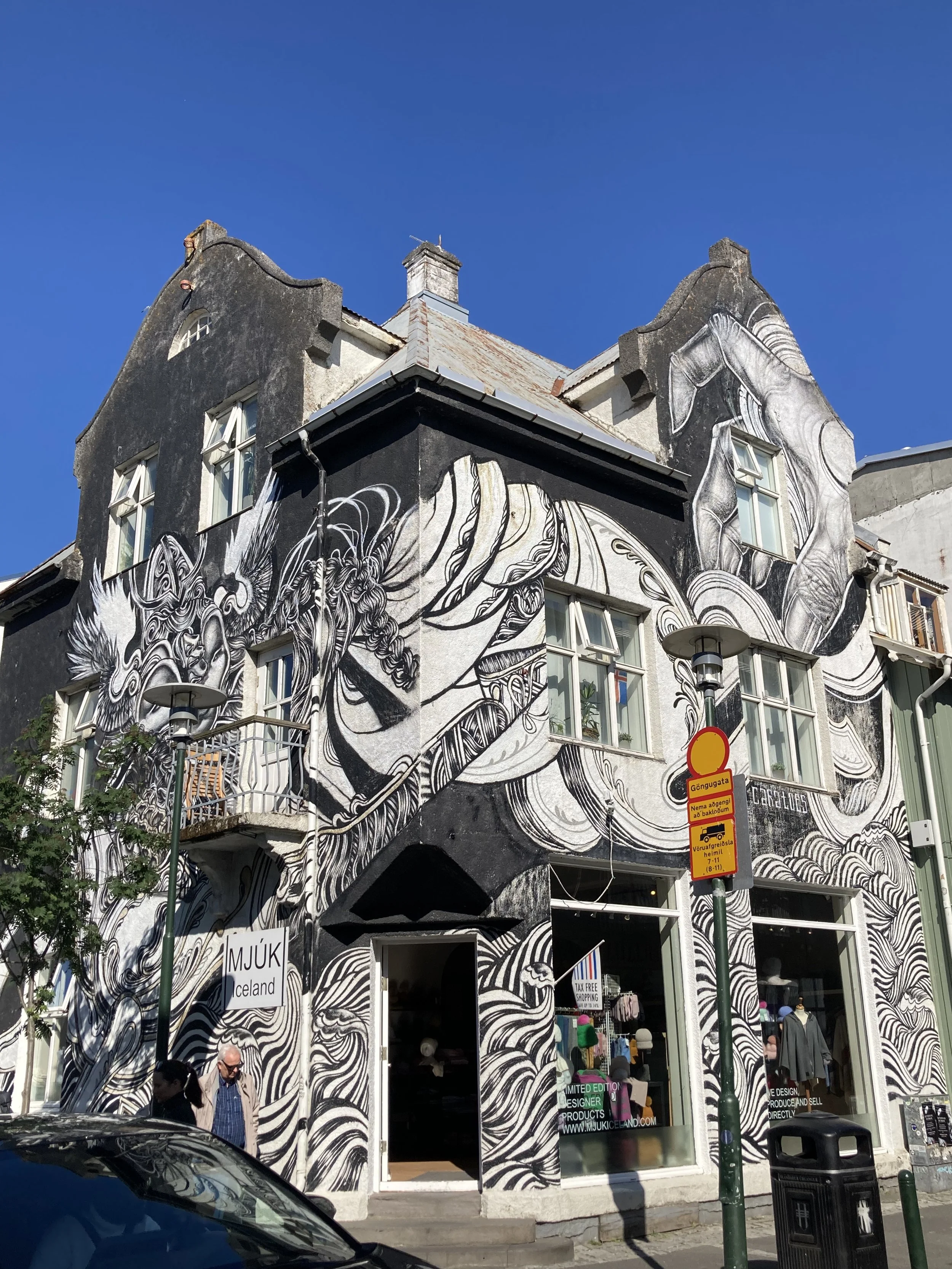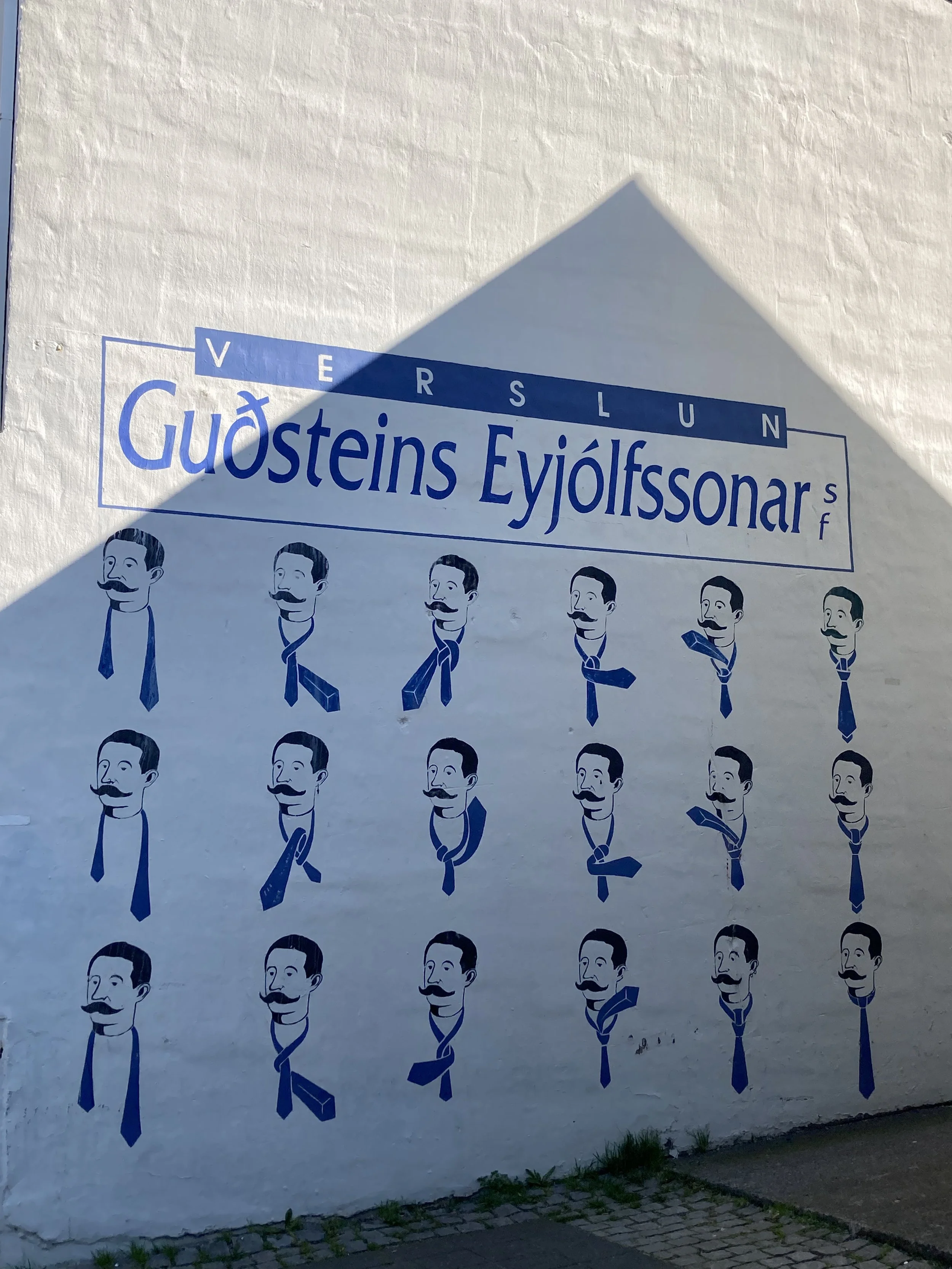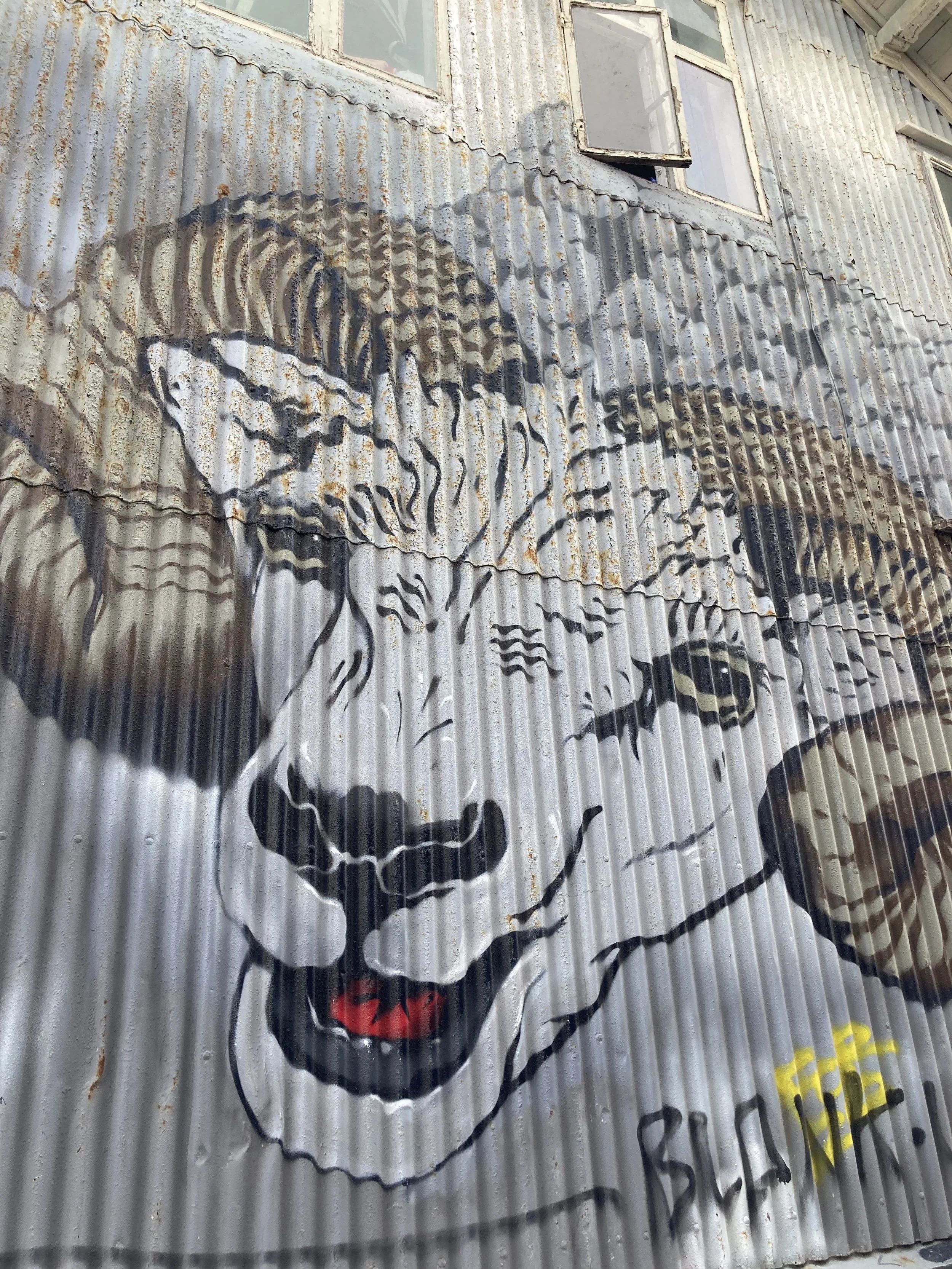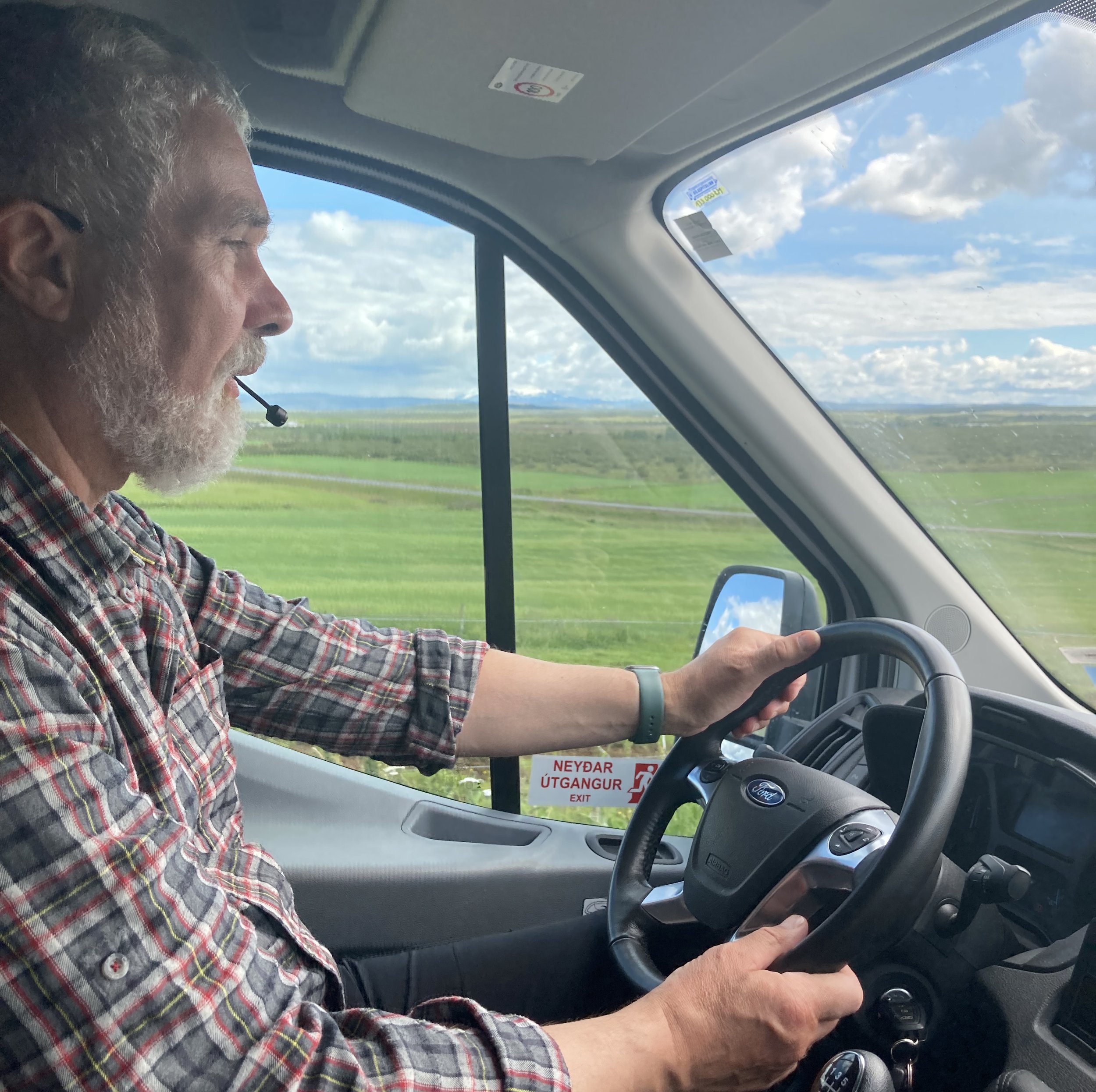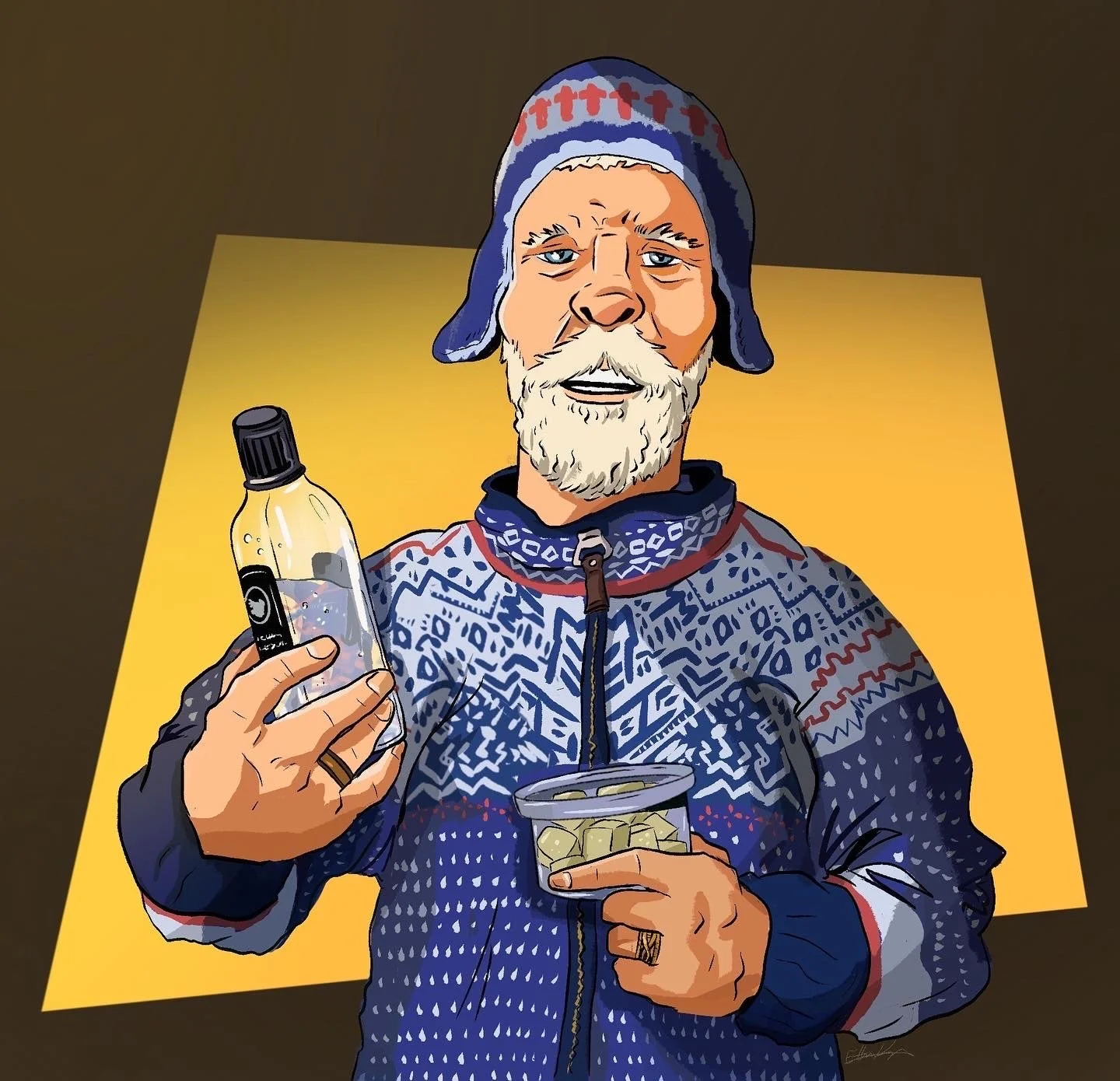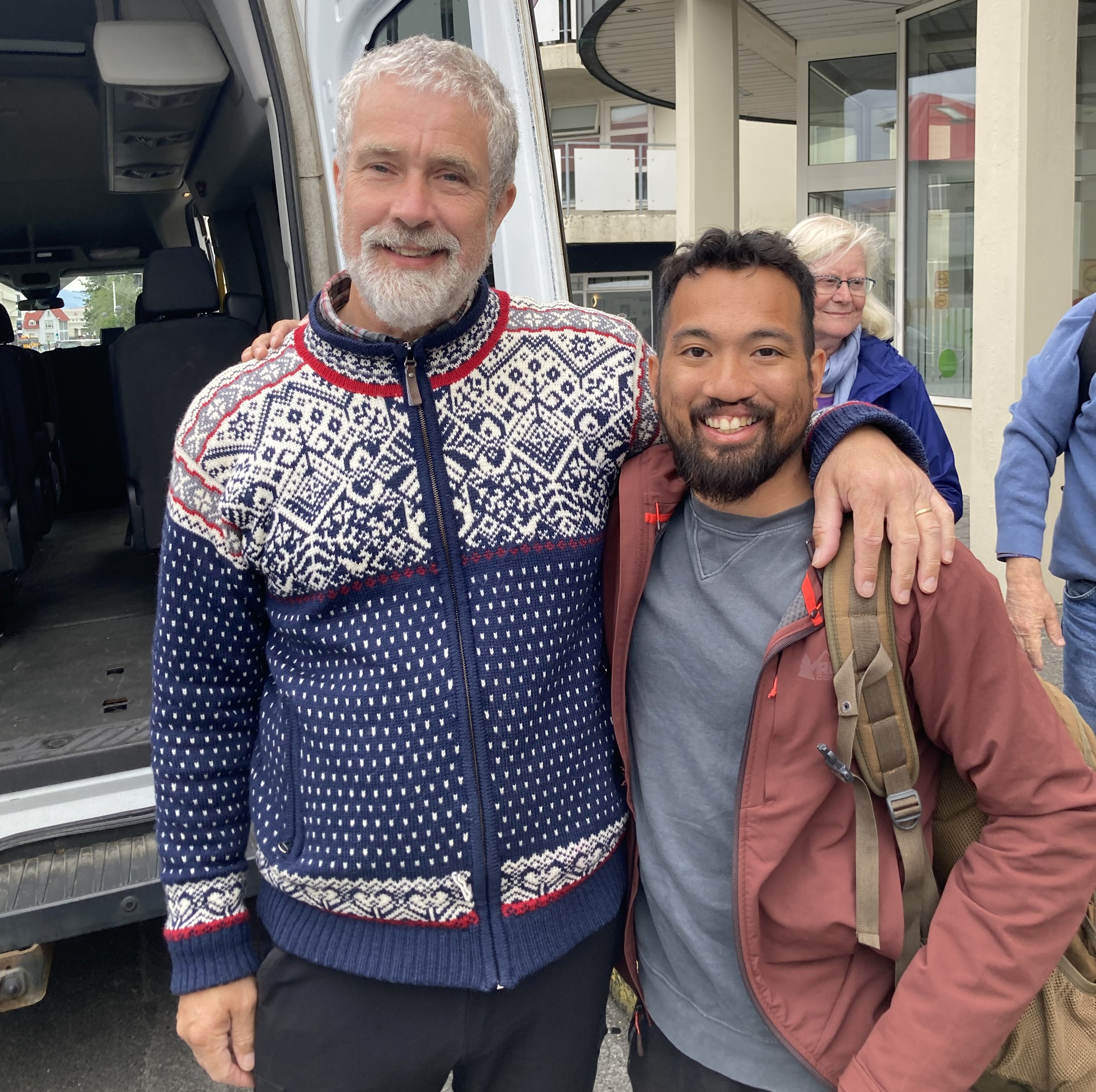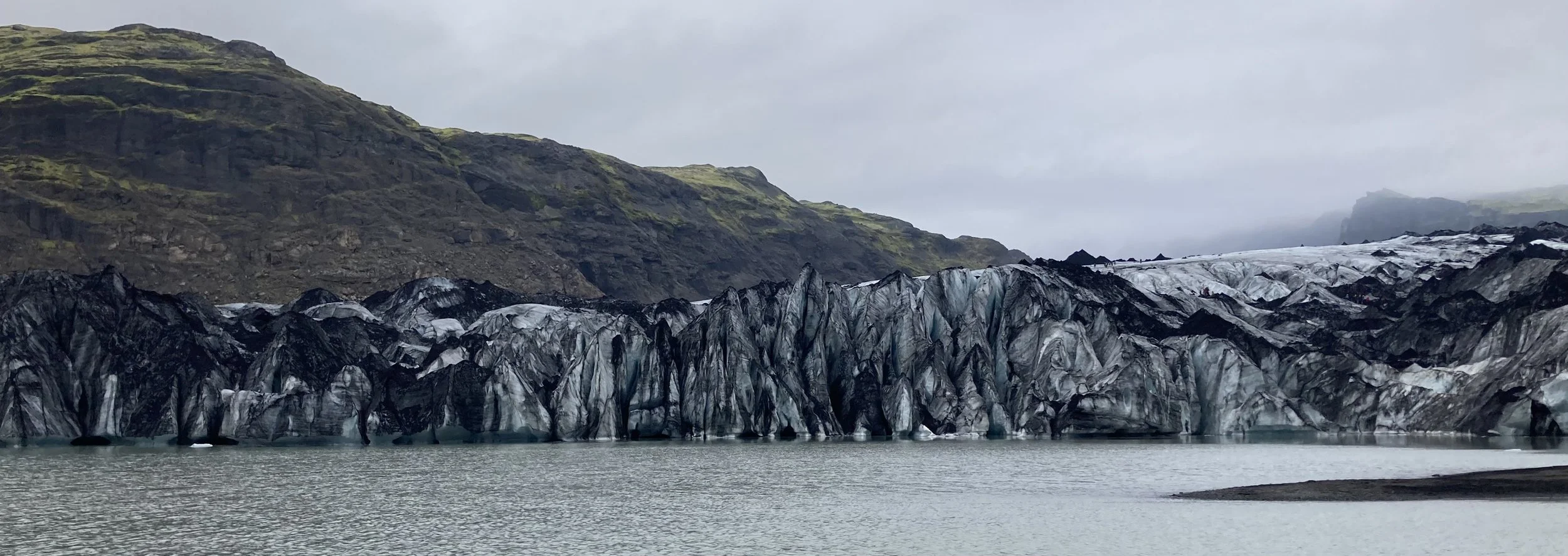ICELAND: A RECAP
JULY 31st, 2022
A few days ago, I landed in the UK. I’ll be residing in Scotland for the foreseeable future and for the time being, I want to settle in and take a breather. I’ve been going non-stop for a month now and between leaving my job, moving across the US back to New York, and coming to Europe, it’s been a lot. Getting back into a rhythm has been the main goal this week. But I didn’t want to skip over writing about my first stop of this trip: ICELAND.
My time in Iceland was brief. It was a stopover I tacked on back in January when I was booking my ticket to Glasgow. I had heard that ICELANDAIR offers stopovers free of charge for up to 1-7 days. That means you can get off the plane and explore. A very sneaky tourism tactic! Boarding and food are on you. I didn’t have to be in the UK at any set time so I did the max of 7 days. I invited my parents along and we flew from JFK – appx. 6 hours from my hometown. If you can, always fly out of a bigger city when traveling abroad. Cheaper airfare.
I can say that Iceland is one of the most unique countries I’ve visited. In a good way, of course. In the previous post, I explained my dog Tenzin’s boarding situation back in the United States. That led into a tangent on how the country of Iceland banned dogs in the beginning half of the 20th century. In being an isolated island nation, Iceland has developed some unique customs and traditions apart from its Scandinavian roots.
REYKJAVIK
The population of Iceland is small. Around 300,000 full-time residents. Of those 300,000, One third of the population (125,000) reside in the capitol of Reykjavík, the northern-most capitol in the world.
I really like this city. Beautiful, simple architecture and vibrant colors line the streets to combat the dreary, dark winter landscapes. Some houses were modern while others dated back to some of the first settlers 1,000 years ago. Lumber became increasingly rare as it was deforested in the 17th century so concrete became common. The most prominent building in Reykjavik is Iglesia Hallgrímskirkja, a church built in 1944 during the first year of Iceland’s independence from Denmark. The city is in a bay and somewhat protected from the frigid Atlantic. Its infrastructure is solid and ever-evolving. Main roads have heated streets that melt snow in the winter – taking Minneapolis’ heated bus shelters a bit further. There’s no need for large skyscrapers due to the amount of open space and sparse population, so the city just expands outward.
ART SCENE
The city has a cool art’ scene from what I observed. Tons of galleries dot the streets and we explored a free sculpture garden. Reykjavik is the cultural hub of Iceland so most streets are decorated with vibrant, unique murals.
Looking Northwest: Reykjavik from atop Iceland’s second tallest building, Iglesia Hallgrímskirkja
Great Murals:
The old man and I enjoying the national delicacy.
I had heard a lot about the food. Some things not so great.
Bullshit! The food was awesome. Before the trip, I would scroll YouTube to find lots of people reacting to odd Icelandic dishes like fish jerky, rotten fermented shark, and the notorious lamb head - fully intact with teeth and eyes. I’ll say this: I had the fish and fermented shark. I really enjoyed both. The fermented shark was the most unique. They’re cut in little squares and the initial taste is fishy (shocker) but the aftertaste is where that fermented part kicks in. Honestly not bad. Would i put it on a charcuterie board? Yes i would. I’d put it right next to those little pepperoni slices just to fuck with people.
A lot of the food is hearty, dense carbs like bread, potatoes lamb, mutton and stews. Makes sense considering the climate.
I did not get to try the lamb head. Didn’t’ have the chance and had no desire to eat an eyeball; although my weak will would’ve caved in to peer pressure.
Fun Fact: The national food of Iceland is the Hot Dog.
Yup, it’s a Hot Dog. Not Fish. A weiner.
FIRE AND ICE
Iceland got this name for a good reason. The nation sits on the crack of the North American and European Tectonic plates. These plates are being pulled apart, generating around 50,000 earthquakes a year. 10,000 of those can be felt by the populace. Volcanoes with varying degrees of activity cover the island along with 269 named glaciers; Vatnajokull being the largest of these glaciers. The last volcanic eruption was Eyjafjallajökull in 2010. The amount of ash spewed halted air traffic in the EU for 2 weeks.
Having only 7 days, my parents and I decided it’d be the most efficient to tour with a small group. Realistically we couldn’t cover the entire island, so decided quality was best over quantity and booked a tour that covered the Southwestern part of the island thoroughly. It was a good choice because there’s so much to cover and skipping over sights for the sake of checking things off geographically just doesn’t make sense. We got to explore lava caves, see the southern coast, peep geysers, and hiked Mýrdalsjökull, Iceland’s 4th largest glacier. Our group was comprised of 9 other American tourists, mainly from the East Coast. We booked our tour trough Intrepid Travel. They provided some meals along the way and took care of lodging.
OUR GUIDE LARUS
Làrus: our Icelandic guide, was born and raised on the island, Làrus is the 31st grandson of one of the first settlers of Iceland. He was incredibly knowledgeable of Iceland’s history and lore. It was a joy knocking back vodka shots and eating fermented shark with him.
PHOTOGRAPHY
I opted not to do much drawing this trip. I wanted to focus on using my DSLR to photograph the beautiful scenery instead. I’ve grown accustomed to carrying my camera around with me like I do a sketchbook. I have no real interest in becoming a professional photographer by any means as I still consider myself an amateur; although I’ve gotten proficient with the manual settings. While I think I have decent framing down, I want to be more adventurous in my lighting and composition. Photography for me is a creative endeavor that doesn’t involve some sort of hustle – something just for me.
Here are some of my favorite shots:
TAKEWAYS
My biggest gripe was the lack of time we had! I underestimated Iceland’s size. To explore the country properly I’d say you’d need about 14 days and a car. I’m glad we did the tour though - it was a great introduction and not worrying about the logistics of driving like fuel, geography and accommodations was nice. The Ring Road, Iceland’s claim to fame, is a road that encompasses the entire country around the coast. The downside is that it’s heavy in traffic being a popular route.
Financially, Iceland is VERY EXPENSIVE. One of the most expensive countries in the European Union, trumping Switzerland. I wouldn’t recommend Iceland to a budget traveller, and while planning my Europe trip as a whole, I set aside a good sum of cash for Iceland specifically. The Icelandic Krona, their currency, is pretty equal to the US Dollar at the time I’m writing this, but Iceland has struggled with inflation for most of its current history and the fact its an island where most food and goods have to be imported doesn’t help. A meal for 3 cost me around $200.
Money aside, the people of Iceland are some of the most hospitable and welcoming . Their sense of humor is just as dark as their winters and it’s that crassness I really liked. They’re very direct, which might be a reason Americans get along so well with them. They’re good humored people and enjoy the simplicity of life.


